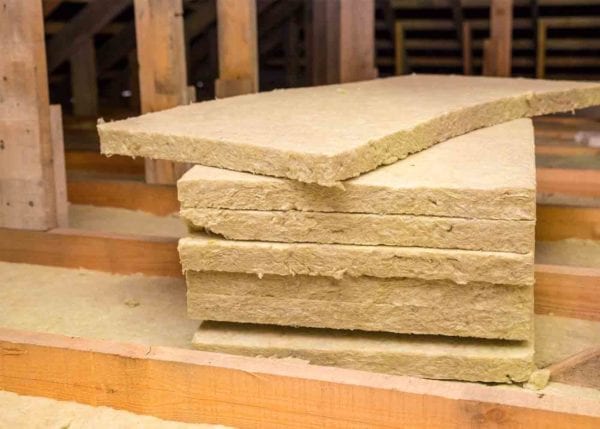01. Products With Asbestos
Insulation and Asbestos
From the mid-1860s through about 1978, asbestos was a go-to material included in a wide variety of insulation materials, from attic and pipe insulation to marinite panels. In addition to building materials, asbestos insulation also lined products like boilers, steam pipes and valves. In general, asbestos insulation can be categorized as loose-fill insulation (fluffy asbestos material often used in attics or inside walls), block insulation (semi-rigid slabs of insulation), insulation wrapping (found in products like pipes and ducts) or spray-on asbestos insulation (used for ceilings and walls).
矿物是自然的秋ice for its fire and chemical resistance, as well as its durability. Since asbestos was also cost-effective to produce, some of these products could contain high concentrations of the mineral. For instance, some millboard products reportedly consisted of upwards of 85% asbestos.
- Asbestos Canvas
- Asbestos Rope
- Asbestos Sheets
- Asbestos Spray
- Asbestos Wool
- Attic Insulation
- Block Insulation
- Calcium Silicate
- Cork Covering
- Insulation
- Lagging
- Marinite
- Millboard
- Pipe Insulation
- Rollboard
- Sheet Packing
- Silicate Calsilite
- Sponge Block
- Vermiculite
- Wicking
A wide range of manufacturers utilized asbestos in their various insulating products, with companies likeJohns-Manville Corporation,W.R. Grace and Companyand theGAF Corporationamong the top producers. One of the most notorious examples of asbestos insulation was from a brand named Zonolite. The vermiculite for the attic insulation came from an asbestos mine in Libby, Montana, where the asbestos dust and health effects of exposure still have a lasting impact today.
Though Zonolite and the majority of these asbestos products have not been actively manufactured in decades, the legacy uses can still be found in older homes and buildings constructed before 1980. Additionally, the Environmental Protection Agency (EPA) regulations allows insulation to contain up to 1% of asbestos today.
02. Asbestos Exposure Concerns
Insulation and Asbestos Exposure Concerns
Since asbestos in insulation was so popular, workers in various industries are still at risk of exposure today from its heavy past use. Construction workers, particularly those who install insulation, are among the most at risk, as the majority of asbestos insulation can be found in thousands of buildings, schools and homes.
Disturbance of anyasbestos materials in the homecan release asbestos fibers in the air, which can eventually lead to mesothelioma, lung cancer and other asbestos-related diseases. Recent reports show that at least 1 million construction workers are exposed to asbestos on the job each year, and the construction industry is the most impacted bymesothelioma diagnoses.
A variety of other workers can also be at risk of exposure from asbestos insulation.
Workers’ families also face a high risk of secondhand exposure, from any fibers that may be inadvertently brought home on clothes or equipment. Homeowners who own an older home can also be at risk of exposure, especially if planning any renovation projects before having a certified asbestos professional test for the mineral.
In general, asbestos is not considered dangerous if the materials are in good condition and left undisturbed. But since any amount of exposure is considered dangerous, there are石棉的规定in place to help protect workers and families fromexposure to asbestosinsulation and other asbestos-containing materials.
The Occupational Safety and Health Administration (OSHA), for instance, has strict regulations around limits of asbestos at work sites and the safety equipment required to take the proper precautions against the health risks of exposure. The EPA also has laws in place to restrict the use of asbestos, including in insulation products. For homeowners, it’s important to contact an asbestos abatement professional to determine if there is asbestos in the home and if its presence poses any potential health problems.



